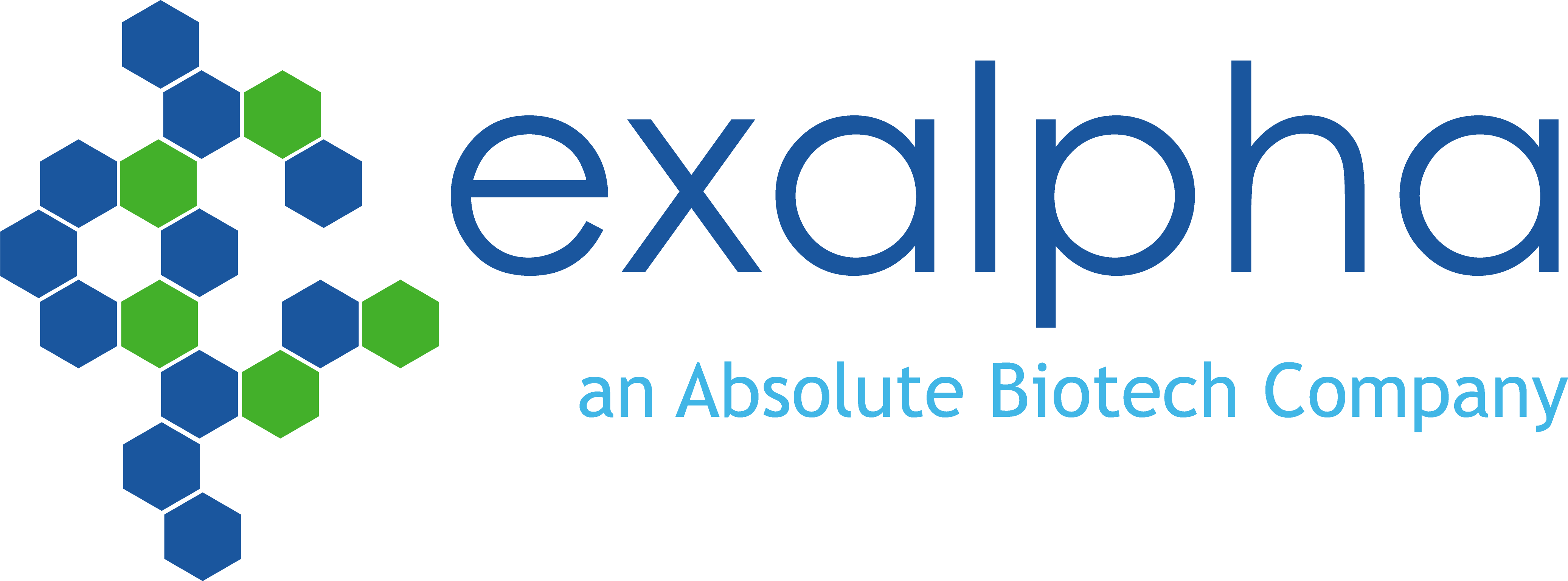The Edg Family of G-Protein Coupled Receptors
What are GPCRs?
G-Protein Coupled Receptors (GPCRs) represent the largest and most diverse family of transmembrane receptors in the human genome, and have been extensively targeted by the pharmaceutical industry in the development of therapeutics. They are involved in a huge array of functions and, as their name suggests, interact with G-proteins (specialized proteins capable of binding GTP and GDP) within the plasma membrane to transduce extracellular stimuli into intracellular signals in a ligand-specific manner. The range of stimuli to which GPCRs respond is extensive, and includes amino acids, hormones, proteins, chemokines, nucleotides, light and more1, yet despite this multiplicity GPCRs share an evolutionarily-conserved structure.
GPCR structure
Each GPCR consists of a single polypeptide which is embedded in the cell membrane and spans the full width of the membrane seven times; for this reason, GPCRs are also known as seven-transmembrane receptors (7TM receptors). Although the N-terminus is extracellular, the C-terminus is intracellular, and the termini are among the most variable regions of the GPCR family. The greatest degree of sequence homology is shared by the transmembrane domains, and this has been used to cluster the GPCRs into five families – the Glutamate, Rhodopsin, Adhesion, Frizzled/Taste2 and Secretin families – a classification known as the GRAFS system, and which refers to the prototypical members of each group2. A further family, known as Other, is used for GPCRs which do not fall into any of these categories.
Where does the Edg family fit in?
The Endothelial cell Differentiation Gene (Edg) GPCRs fall within the Rhodopsin family, and function as receptors for Sphingosine-1-Phosphate (S1P) and Lysophosphatidic Acid (LPA). Since the discovery of Edg1 in 19903, seven further Edg proteins have been identified; although originally referred to as Edg1-8, the Edg receptors have subsequently been classed into two sub-families and renamed according to the ligand which they bind.Activation of the Edg receptors by S1P or LPA has multiple effects on cells, including proliferation, survival, migration, differentiation and cytoskeletal organization, and the Edg receptor signaling pathways are therefore considered to be critical to many physiological and pathological events. Following S1P or LPA binding, the Edg receptors activate various (often overlapping) G-protein mediated signaling pathways, yet since the expression of different Edg receptors changes during development and differentiation, and because divergent signaling pathways are activated by each Edg receptor, functional analysis requires a great deal of care.
| Edg protein | Recommended human gene name (Uniprot) | Ligand |
|---|---|---|
| Edg1 | Sphingosine 1-phosphate receptor 1 (S1PR1) | S1P |
| Edg2 | Lysophosphatidic acid receptor 1 (LPAR1) | LPA |
| Edg3 | Sphingosine 1-phosphate receptor 3 (S1PR3) | S1P |
| Edg4 | Lysophosphatidic acid receptor 2 (LPAR2) | LPA |
| Edg5 | Sphingosine 1-phosphate receptor 2 (S1PR2) | S1P |
| Edg6 | Sphingosine 1-phosphate receptor 4 (S1PR4) | S1P |
| Edg7 | Lysophosphatidic acid receptor 3 (LPAR3) | LPA |
| Edg8 | Sphingosine 1-phosphate receptor 5 (S1PR5) | S1P |
Activation of the Edg receptors by S1P or LPA has multiple effects on cells, including proliferation, survival, migration, differentiation and cytoskeletal organization, and the Edg receptor signaling pathways are therefore considered to be critical to many physiological and pathological events. Following S1P or LPA binding, the Edg receptors activate various (often overlapping) G-protein mediated signaling pathways, yet since the expression of different Edg receptors changes during development and differentiation, and because divergent signaling pathways are activated by each Edg receptor, functional analysis requires a great deal of care.
